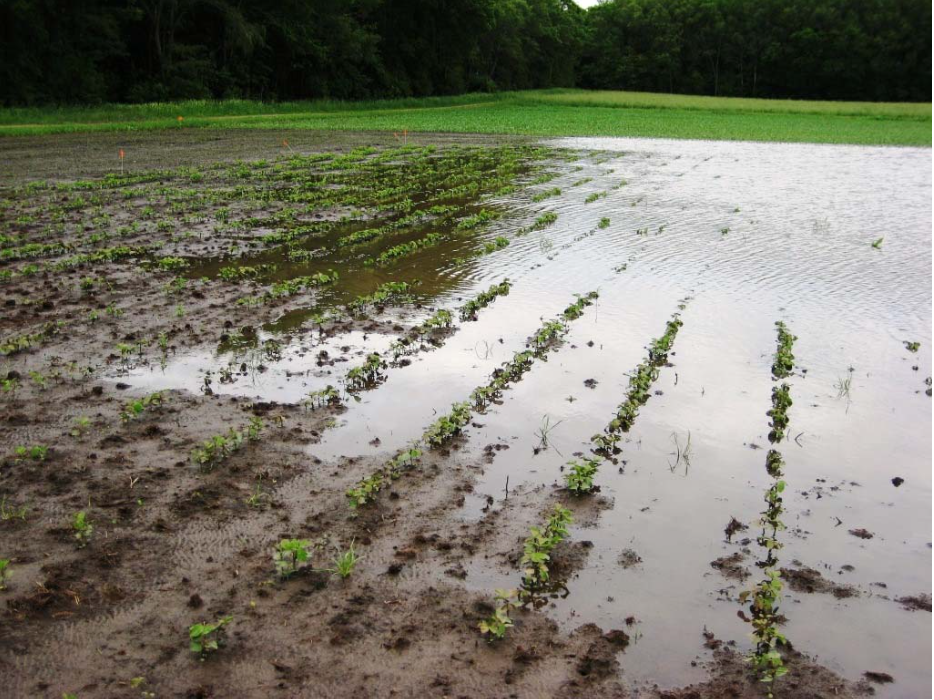 Some farms were devastated by the deluge, particularly smaller family operations that lacked insurance coverage and those that were washed out by flooded rivers. But thanks to a recovery in commodity prices and what University of Illinois economist Scott Irwin estimated will be a $20 billion infusion of federal money, those that are not knocked out by this perilous planting season are likely to come out of the disaster ahead.
As seeds begin to germinate and emerge, corn and soybeans are further behind than they’ve ever been at this point in the year, according to about four decades of data from the Agriculture Department.
For corn, planting is effectively over and the die has been cast, although we won’t know the results until late fall. Soybean acres are not likely to be fully planted, either — the end of the planting window, unofficially considered to be July 4 — looms large.
Now, beleaguered farmers will attempt to wring a respectable harvest out of fields Irwin likened to a “war zone for growing corn and soybeans.”
“Everything that could go right went perfect for growing corn and soybeans last year,” he said. “This year has been pretty much the opposite. So far, everything that can go wrong has gone wrong.”
When we seek to understand the brown Corn Belt, a hellish planting season is just the beginning. Planting totals are creeping higher, but many fields were planted in suboptimal conditions and farmers will be dealing with the fallout until harvest time.
The extraordinary circumstances have scrambled USDA data and made reliable statistics scarce, according to Todd Hultman, a market analyst with the data firm DTN.
Hultman expects farmers across the Midwest to plant millions fewer acres of corn than initially predicted and said a large but unknown number have been forced to exercise a crop insurance provision that allows them to take a limited payout if they were unable to plant certain acres. (Farmers may still plant cover crops in those acres to improve the soil, block weeds and earn extra income, but those won’t show up in satellite images until later in the season.)
The production squeeze from the lower acreage will be multiplied by what Kevin McNew, chief economist at Farmer’s Business Network, estimates will be a 10% drop in production per acre, thanks to the season’s miserable start.
Irwin said: “What corn got planted in June, a lot of it was in terrible conditions. They normally never would have planted corn in ground that was that wet.”
Soybeans are highly sensitive to late planting, according to Ohio State University’s Laura Lindsey, a soybean specialist who tests crop yields and advises farmers through the school’s agricultural extension program. With each day of delay after May 1, farmers’ likely harvest ticks downward.
And starting in mid-June, they begin to accrue late-planting penalties from crop insurance providers, which reduces their final coverage. These incremental losses can make or break farms.
When Lindsey toured Ohio soybean country on June 25, empty fields abounded. And the soybeans she did find? They were anemic little things with little potential to produce a load of legumes.
Compare satellite views of the area around Springfield, Ill., where most land is covered in corn or soybeans, to the previous year and you see why Irwin compared south-central Illinois to a war zone.
Many of those brown acres are counted as planted, though they’re not always guaranteed to succeed.
The incentives are complicated. For example, farmers may stretch the definition of acceptable planting conditions not because they expect success but because it was the safest way to guarantee they would be included in the president’s latest farm bailout. Irwin estimates they’ll get about $50 an acre from the bailout — in a typical year, that could as much as double their profit.
A farmer might also plant because, if crop prices rally in the coming months, they would stand to gain more per acre from the crop insurance they purchased before planting season — even if their crop limps across the finish line. And if conditions are perfect and the crop thrives, farmers could make even more. Many chose to roll the dice and bet on higher prices, Irwin said.
If July and August deliver the ideal balance of heat and precipitation and commodity prices keep climbing, some farmers could thrive this year. But the ultra-late start means everything will be riskier — the vital pollination stage will coincide with less favorable temperatures, for example, and harvest will be delayed.
Current indications for July aren’t promising, McNew said. “It’s expected to be cooler and wetter than normal, and that will not bode well for a crop that needs heat and dry to grow,” he said.
While higher prices will perhaps reward many Corn Belt farmers for surviving the most challenging year they’ve ever seen, Lindsey called the situation in her hard-hit region devastating, especially on the heels of a few down years and a rough harvest and winter.
“I don’t think we’re seeing the full repercussions yet,” she said. “The effects of this year will be felt in Ohio for several years to come.”
“Right now, farmer stress levels are really high,” Lindsey said. “Farmers are worried about losing their farms.”
Source - https://www.nonpareilonline.com
Some farms were devastated by the deluge, particularly smaller family operations that lacked insurance coverage and those that were washed out by flooded rivers. But thanks to a recovery in commodity prices and what University of Illinois economist Scott Irwin estimated will be a $20 billion infusion of federal money, those that are not knocked out by this perilous planting season are likely to come out of the disaster ahead.
As seeds begin to germinate and emerge, corn and soybeans are further behind than they’ve ever been at this point in the year, according to about four decades of data from the Agriculture Department.
For corn, planting is effectively over and the die has been cast, although we won’t know the results until late fall. Soybean acres are not likely to be fully planted, either — the end of the planting window, unofficially considered to be July 4 — looms large.
Now, beleaguered farmers will attempt to wring a respectable harvest out of fields Irwin likened to a “war zone for growing corn and soybeans.”
“Everything that could go right went perfect for growing corn and soybeans last year,” he said. “This year has been pretty much the opposite. So far, everything that can go wrong has gone wrong.”
When we seek to understand the brown Corn Belt, a hellish planting season is just the beginning. Planting totals are creeping higher, but many fields were planted in suboptimal conditions and farmers will be dealing with the fallout until harvest time.
The extraordinary circumstances have scrambled USDA data and made reliable statistics scarce, according to Todd Hultman, a market analyst with the data firm DTN.
Hultman expects farmers across the Midwest to plant millions fewer acres of corn than initially predicted and said a large but unknown number have been forced to exercise a crop insurance provision that allows them to take a limited payout if they were unable to plant certain acres. (Farmers may still plant cover crops in those acres to improve the soil, block weeds and earn extra income, but those won’t show up in satellite images until later in the season.)
The production squeeze from the lower acreage will be multiplied by what Kevin McNew, chief economist at Farmer’s Business Network, estimates will be a 10% drop in production per acre, thanks to the season’s miserable start.
Irwin said: “What corn got planted in June, a lot of it was in terrible conditions. They normally never would have planted corn in ground that was that wet.”
Soybeans are highly sensitive to late planting, according to Ohio State University’s Laura Lindsey, a soybean specialist who tests crop yields and advises farmers through the school’s agricultural extension program. With each day of delay after May 1, farmers’ likely harvest ticks downward.
And starting in mid-June, they begin to accrue late-planting penalties from crop insurance providers, which reduces their final coverage. These incremental losses can make or break farms.
When Lindsey toured Ohio soybean country on June 25, empty fields abounded. And the soybeans she did find? They were anemic little things with little potential to produce a load of legumes.
Compare satellite views of the area around Springfield, Ill., where most land is covered in corn or soybeans, to the previous year and you see why Irwin compared south-central Illinois to a war zone.
Many of those brown acres are counted as planted, though they’re not always guaranteed to succeed.
The incentives are complicated. For example, farmers may stretch the definition of acceptable planting conditions not because they expect success but because it was the safest way to guarantee they would be included in the president’s latest farm bailout. Irwin estimates they’ll get about $50 an acre from the bailout — in a typical year, that could as much as double their profit.
A farmer might also plant because, if crop prices rally in the coming months, they would stand to gain more per acre from the crop insurance they purchased before planting season — even if their crop limps across the finish line. And if conditions are perfect and the crop thrives, farmers could make even more. Many chose to roll the dice and bet on higher prices, Irwin said.
If July and August deliver the ideal balance of heat and precipitation and commodity prices keep climbing, some farmers could thrive this year. But the ultra-late start means everything will be riskier — the vital pollination stage will coincide with less favorable temperatures, for example, and harvest will be delayed.
Current indications for July aren’t promising, McNew said. “It’s expected to be cooler and wetter than normal, and that will not bode well for a crop that needs heat and dry to grow,” he said.
While higher prices will perhaps reward many Corn Belt farmers for surviving the most challenging year they’ve ever seen, Lindsey called the situation in her hard-hit region devastating, especially on the heels of a few down years and a rough harvest and winter.
“I don’t think we’re seeing the full repercussions yet,” she said. “The effects of this year will be felt in Ohio for several years to come.”
“Right now, farmer stress levels are really high,” Lindsey said. “Farmers are worried about losing their farms.”
Source - https://www.nonpareilonline.com
USA - Midwestern farmers struggle with extreme weather
08.07.2019 362 views Some farms were devastated by the deluge, particularly smaller family operations that lacked insurance coverage and those that were washed out by flooded rivers. But thanks to a recovery in commodity prices and what University of Illinois economist Scott Irwin estimated will be a $20 billion infusion of federal money, those that are not knocked out by this perilous planting season are likely to come out of the disaster ahead.
As seeds begin to germinate and emerge, corn and soybeans are further behind than they’ve ever been at this point in the year, according to about four decades of data from the Agriculture Department.
For corn, planting is effectively over and the die has been cast, although we won’t know the results until late fall. Soybean acres are not likely to be fully planted, either — the end of the planting window, unofficially considered to be July 4 — looms large.
Now, beleaguered farmers will attempt to wring a respectable harvest out of fields Irwin likened to a “war zone for growing corn and soybeans.”
“Everything that could go right went perfect for growing corn and soybeans last year,” he said. “This year has been pretty much the opposite. So far, everything that can go wrong has gone wrong.”
When we seek to understand the brown Corn Belt, a hellish planting season is just the beginning. Planting totals are creeping higher, but many fields were planted in suboptimal conditions and farmers will be dealing with the fallout until harvest time.
The extraordinary circumstances have scrambled USDA data and made reliable statistics scarce, according to Todd Hultman, a market analyst with the data firm DTN.
Hultman expects farmers across the Midwest to plant millions fewer acres of corn than initially predicted and said a large but unknown number have been forced to exercise a crop insurance provision that allows them to take a limited payout if they were unable to plant certain acres. (Farmers may still plant cover crops in those acres to improve the soil, block weeds and earn extra income, but those won’t show up in satellite images until later in the season.)
The production squeeze from the lower acreage will be multiplied by what Kevin McNew, chief economist at Farmer’s Business Network, estimates will be a 10% drop in production per acre, thanks to the season’s miserable start.
Irwin said: “What corn got planted in June, a lot of it was in terrible conditions. They normally never would have planted corn in ground that was that wet.”
Soybeans are highly sensitive to late planting, according to Ohio State University’s Laura Lindsey, a soybean specialist who tests crop yields and advises farmers through the school’s agricultural extension program. With each day of delay after May 1, farmers’ likely harvest ticks downward.
And starting in mid-June, they begin to accrue late-planting penalties from crop insurance providers, which reduces their final coverage. These incremental losses can make or break farms.
When Lindsey toured Ohio soybean country on June 25, empty fields abounded. And the soybeans she did find? They were anemic little things with little potential to produce a load of legumes.
Compare satellite views of the area around Springfield, Ill., where most land is covered in corn or soybeans, to the previous year and you see why Irwin compared south-central Illinois to a war zone.
Many of those brown acres are counted as planted, though they’re not always guaranteed to succeed.
The incentives are complicated. For example, farmers may stretch the definition of acceptable planting conditions not because they expect success but because it was the safest way to guarantee they would be included in the president’s latest farm bailout. Irwin estimates they’ll get about $50 an acre from the bailout — in a typical year, that could as much as double their profit.
A farmer might also plant because, if crop prices rally in the coming months, they would stand to gain more per acre from the crop insurance they purchased before planting season — even if their crop limps across the finish line. And if conditions are perfect and the crop thrives, farmers could make even more. Many chose to roll the dice and bet on higher prices, Irwin said.
If July and August deliver the ideal balance of heat and precipitation and commodity prices keep climbing, some farmers could thrive this year. But the ultra-late start means everything will be riskier — the vital pollination stage will coincide with less favorable temperatures, for example, and harvest will be delayed.
Current indications for July aren’t promising, McNew said. “It’s expected to be cooler and wetter than normal, and that will not bode well for a crop that needs heat and dry to grow,” he said.
While higher prices will perhaps reward many Corn Belt farmers for surviving the most challenging year they’ve ever seen, Lindsey called the situation in her hard-hit region devastating, especially on the heels of a few down years and a rough harvest and winter.
“I don’t think we’re seeing the full repercussions yet,” she said. “The effects of this year will be felt in Ohio for several years to come.”
“Right now, farmer stress levels are really high,” Lindsey said. “Farmers are worried about losing their farms.”
Source - https://www.nonpareilonline.com
Some farms were devastated by the deluge, particularly smaller family operations that lacked insurance coverage and those that were washed out by flooded rivers. But thanks to a recovery in commodity prices and what University of Illinois economist Scott Irwin estimated will be a $20 billion infusion of federal money, those that are not knocked out by this perilous planting season are likely to come out of the disaster ahead.
As seeds begin to germinate and emerge, corn and soybeans are further behind than they’ve ever been at this point in the year, according to about four decades of data from the Agriculture Department.
For corn, planting is effectively over and the die has been cast, although we won’t know the results until late fall. Soybean acres are not likely to be fully planted, either — the end of the planting window, unofficially considered to be July 4 — looms large.
Now, beleaguered farmers will attempt to wring a respectable harvest out of fields Irwin likened to a “war zone for growing corn and soybeans.”
“Everything that could go right went perfect for growing corn and soybeans last year,” he said. “This year has been pretty much the opposite. So far, everything that can go wrong has gone wrong.”
When we seek to understand the brown Corn Belt, a hellish planting season is just the beginning. Planting totals are creeping higher, but many fields were planted in suboptimal conditions and farmers will be dealing with the fallout until harvest time.
The extraordinary circumstances have scrambled USDA data and made reliable statistics scarce, according to Todd Hultman, a market analyst with the data firm DTN.
Hultman expects farmers across the Midwest to plant millions fewer acres of corn than initially predicted and said a large but unknown number have been forced to exercise a crop insurance provision that allows them to take a limited payout if they were unable to plant certain acres. (Farmers may still plant cover crops in those acres to improve the soil, block weeds and earn extra income, but those won’t show up in satellite images until later in the season.)
The production squeeze from the lower acreage will be multiplied by what Kevin McNew, chief economist at Farmer’s Business Network, estimates will be a 10% drop in production per acre, thanks to the season’s miserable start.
Irwin said: “What corn got planted in June, a lot of it was in terrible conditions. They normally never would have planted corn in ground that was that wet.”
Soybeans are highly sensitive to late planting, according to Ohio State University’s Laura Lindsey, a soybean specialist who tests crop yields and advises farmers through the school’s agricultural extension program. With each day of delay after May 1, farmers’ likely harvest ticks downward.
And starting in mid-June, they begin to accrue late-planting penalties from crop insurance providers, which reduces their final coverage. These incremental losses can make or break farms.
When Lindsey toured Ohio soybean country on June 25, empty fields abounded. And the soybeans she did find? They were anemic little things with little potential to produce a load of legumes.
Compare satellite views of the area around Springfield, Ill., where most land is covered in corn or soybeans, to the previous year and you see why Irwin compared south-central Illinois to a war zone.
Many of those brown acres are counted as planted, though they’re not always guaranteed to succeed.
The incentives are complicated. For example, farmers may stretch the definition of acceptable planting conditions not because they expect success but because it was the safest way to guarantee they would be included in the president’s latest farm bailout. Irwin estimates they’ll get about $50 an acre from the bailout — in a typical year, that could as much as double their profit.
A farmer might also plant because, if crop prices rally in the coming months, they would stand to gain more per acre from the crop insurance they purchased before planting season — even if their crop limps across the finish line. And if conditions are perfect and the crop thrives, farmers could make even more. Many chose to roll the dice and bet on higher prices, Irwin said.
If July and August deliver the ideal balance of heat and precipitation and commodity prices keep climbing, some farmers could thrive this year. But the ultra-late start means everything will be riskier — the vital pollination stage will coincide with less favorable temperatures, for example, and harvest will be delayed.
Current indications for July aren’t promising, McNew said. “It’s expected to be cooler and wetter than normal, and that will not bode well for a crop that needs heat and dry to grow,” he said.
While higher prices will perhaps reward many Corn Belt farmers for surviving the most challenging year they’ve ever seen, Lindsey called the situation in her hard-hit region devastating, especially on the heels of a few down years and a rough harvest and winter.
“I don’t think we’re seeing the full repercussions yet,” she said. “The effects of this year will be felt in Ohio for several years to come.”
“Right now, farmer stress levels are really high,” Lindsey said. “Farmers are worried about losing their farms.”
Source - https://www.nonpareilonline.com

ScaleAgData Stakeholder Engagement Event
22.10.2024The ScaleAgData project is pleased to invite you to our second stakeholder event. Building on the discussions and connections formed during our first webinar, this event will focus on fostering collaboration among stakeholders, providing updates on our project’s progress, and outlining future opportunities for engagement.
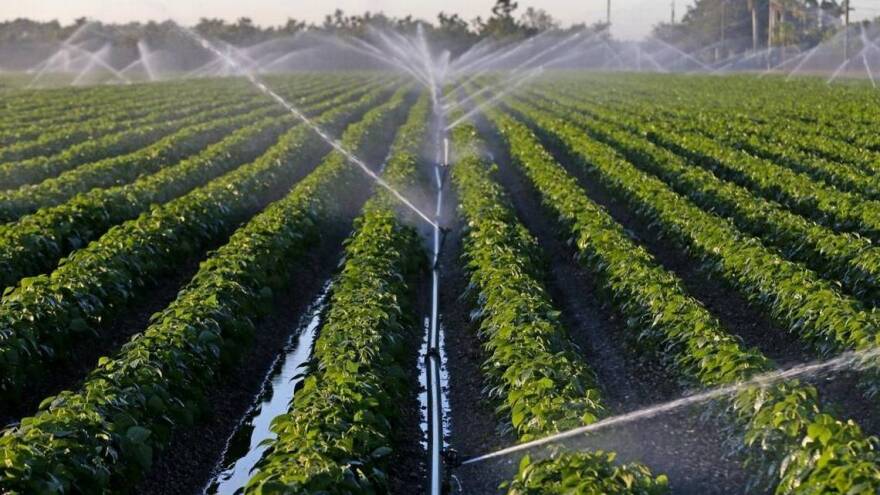
USA - DeSantis Administration Approves $27.4 Million in Conservation and Agricultural Land Protections
Governor Ron DeSantis and the Florida Cabinet on Tuesday approved the protection of more than 21,500 acres of conservation and agricultural land across the state, committing $27.4 million through the Florida Forever and Rural and Family Lands Protection programs.
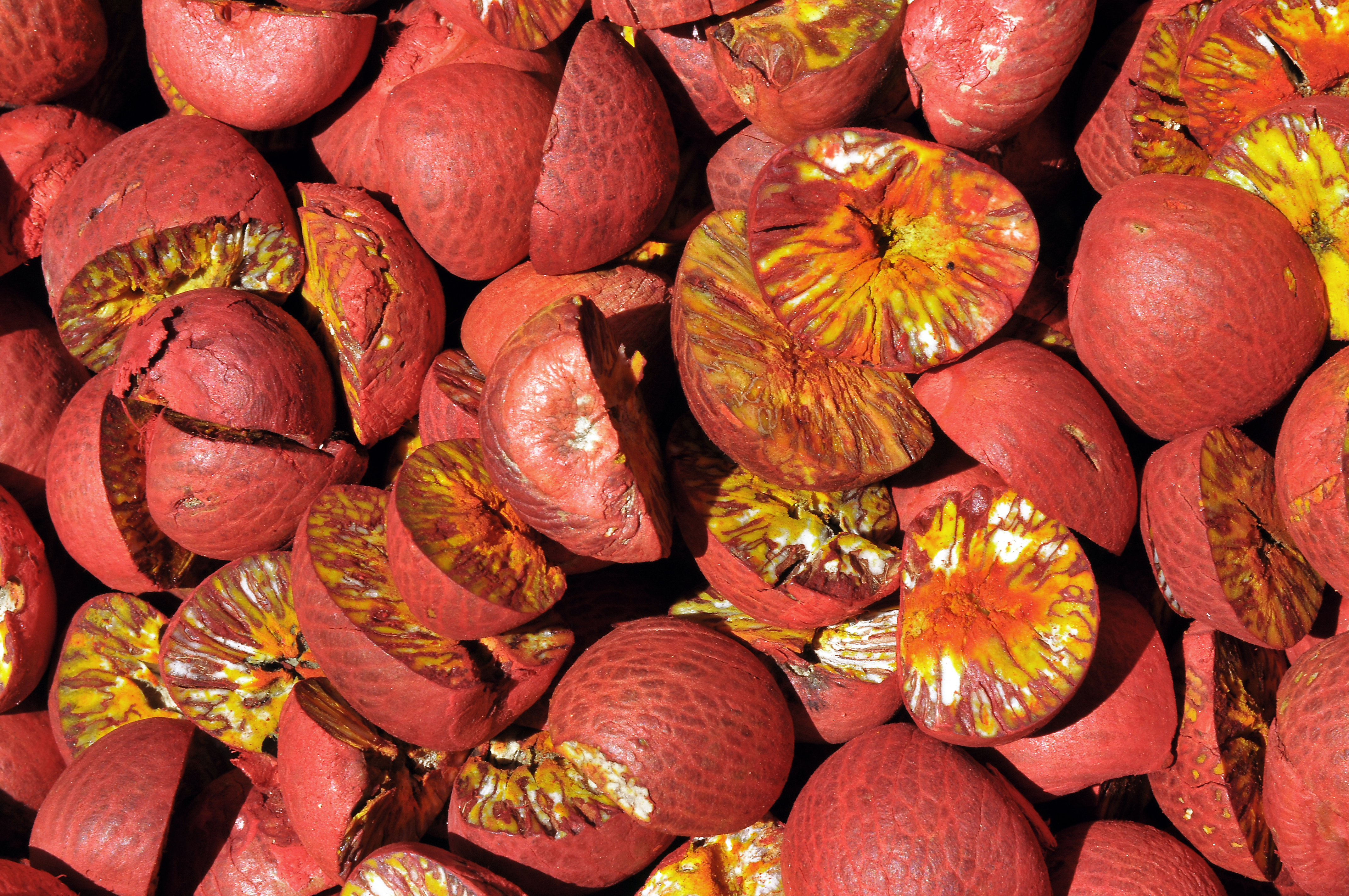
India - Shivamogga arecanut growers reel under rising losses due to crop diseases
The affected area expanded widely, reflecting the growing impact of the diseases on one of the district’s key plantation crops.

Angry farmers block Brussels roads with tractors over Mercosur trade deal
Thousands protest as EU leaders clash over trade pact farmers fear will flood Europe with cheaper South American goods.

Canada - Manitoba Invests $10.5M to Advance Global Agriculture Gate
Manitoba Boosts Gate Funding to $23.5M for Grain Innovation.
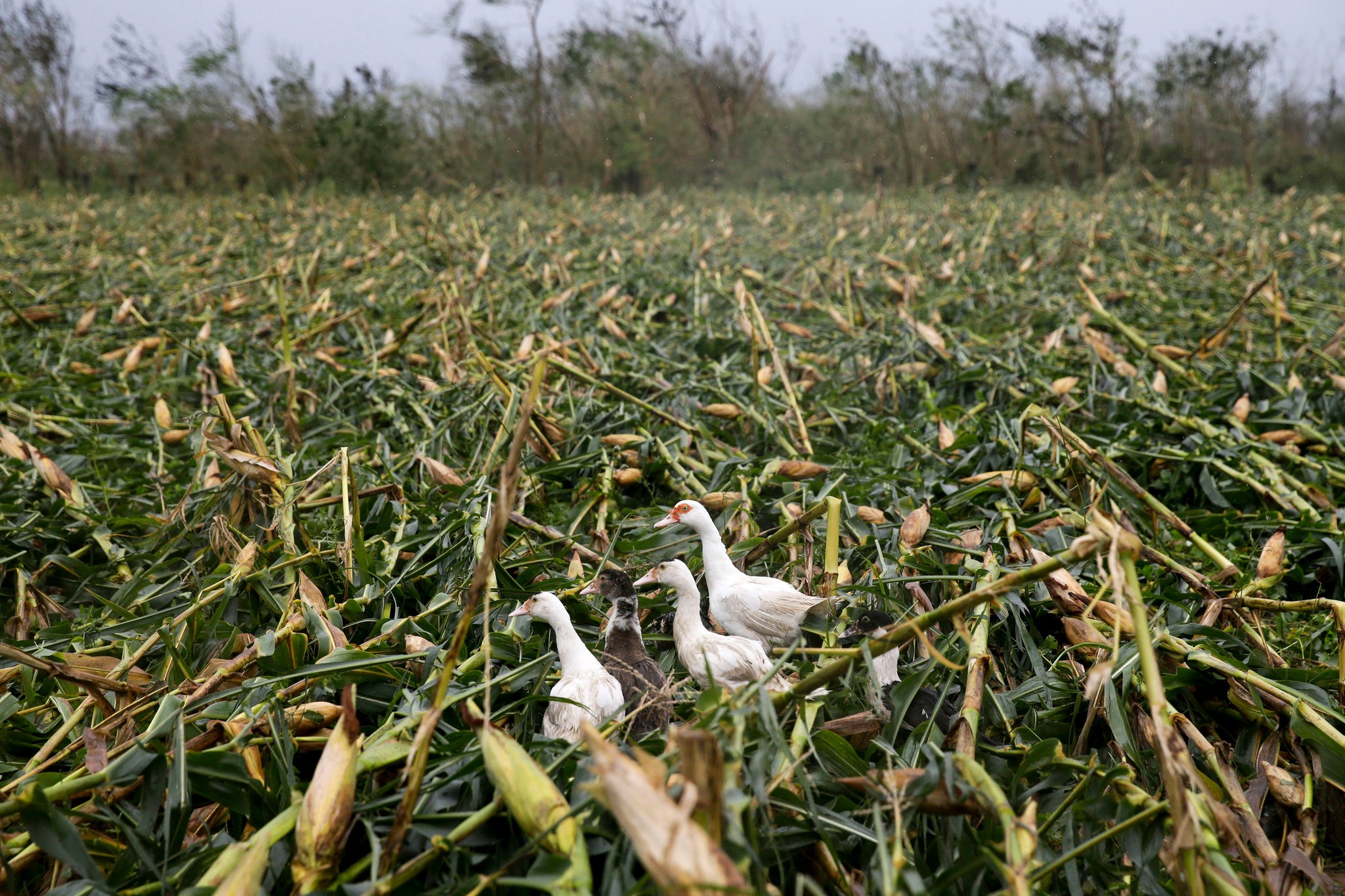
Philippines - State agri insurer speeds up typhoon payouts
More than 3,300 rice and corn farmers in this component city received over ₱11.6 million in crop insurance payouts this week.
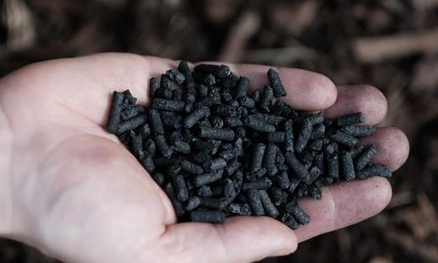
UK - £4m for sustainable agriculture and carbon removal firm relocating to Manchester
Black Bull Biochar (BBB), a UK start-up driving sustainable agriculture and carbon removal, has secured £4m in a late seed funding round to expand operations across the North West of England and accelerate its entry into northern Europe.
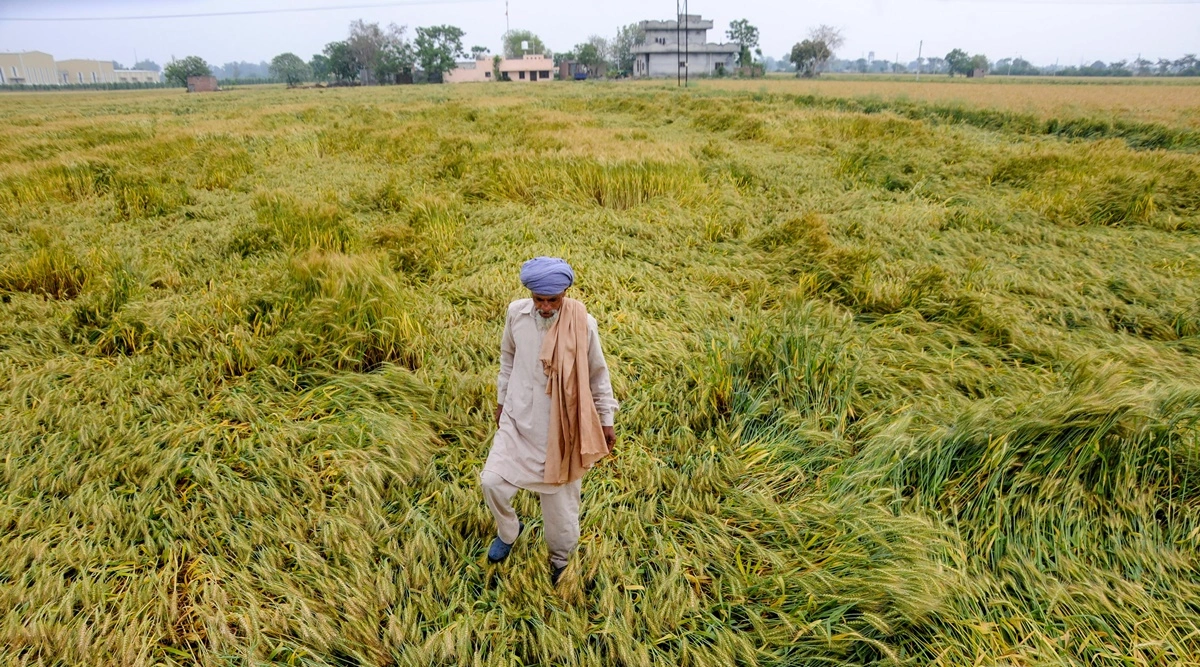
India - Delayed crop loss survey keeps Cauvery delta farmers in limbo
Nearly 90,000 hectares of samba and thalady crops are submerged, raising fears for the next cultivation cycle.

Romanian farmers to get financing support with €25 million EIB loan to Agricover Credit
Romanian farmers will be eligible for extra financing as a result of a €25 million loan that Agricover Credit IFN SA is receiving from the European Investment Bank (EIB).


